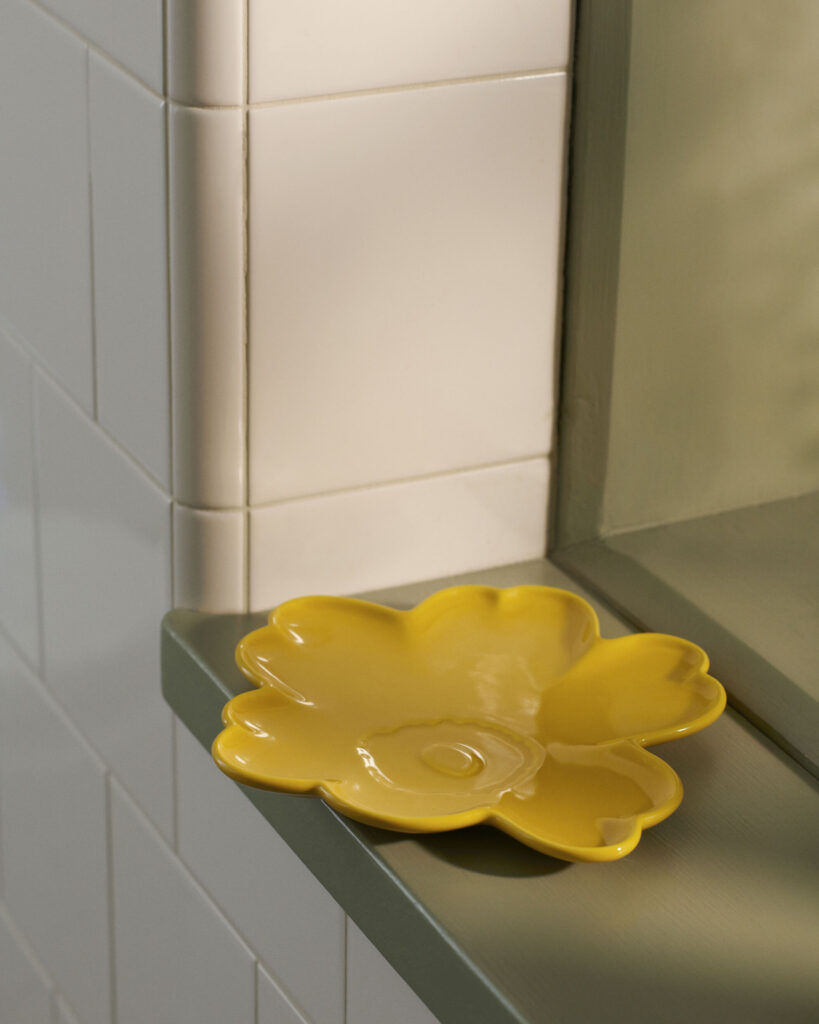Traditionally, a designer’s vision of a product, such as a piece of clothing, bag or dish, is first expressed in the form of a two-dimensional image. This image is then sent to the factory, where a sample of the product is made. After seeing the physical sample, the designer usually further modifies the design. This process is important in order to see how a piece of clothing fits or how the product or material works, for example. The traditional process may involve several sample rounds before the product actually goes into production.
3D technology has revolutionized the product design process: it speeds up work significantly and helps reduce emissions in the product value chain.
“At Marimekko, we have started increasingly using 3D tools in our design and product development processes over the past few years. We work on physical items, and 3D technology enables us to sketch them directly in three dimensions and, consequently, process and examine them immediately in a similar manner to concrete products on the right scale. This reduces the need to send samples back and forth between the designer and factory, which, in turn, reduces their environmental impacts and at the same time enhance the product development process,” explains Minna Kemell-Kutvonen, Marimekko’s Design Director, Home & Print Design.
In clothing and textile design, 3D technology helps with pattern making, among other things: you can model the piece of clothing directly on a person and see how it fits and how the fabric’s prints are placed. Hard products, such as dishes, can be printed out in their final form using a 3D printer.
“A good example of the benefits of 3D technology in design is the Unikko plate created for the Unikko print’s 60th anniversary, shaped in the form of the Unikko flower. 3D technology was used in the product design from the very beginning: we modeled and printed the plate in 3D at the Marimekko House in Helsinki and were able to send the actual product as a 3D sample to the factory. At that point, we were already able to see at our own design studio whether the product was functional. 3D technology helps to concretize and visualize ideas, which speeds up decision-making. The use of technology has improved our processes and clearly reduced the transport of product samples between our designers and the factories,” Minna Kemeli-Kutvonen says.
Marimekko is working to reduce greenhouse gas emissions intensity throughout its value chain. We are committed to continuously driving innovation in technologies, materials and business models through collaborations to lead the industry forward by our example. Marimekko’s long-term ambition is to leave no burden for the coming generations.
